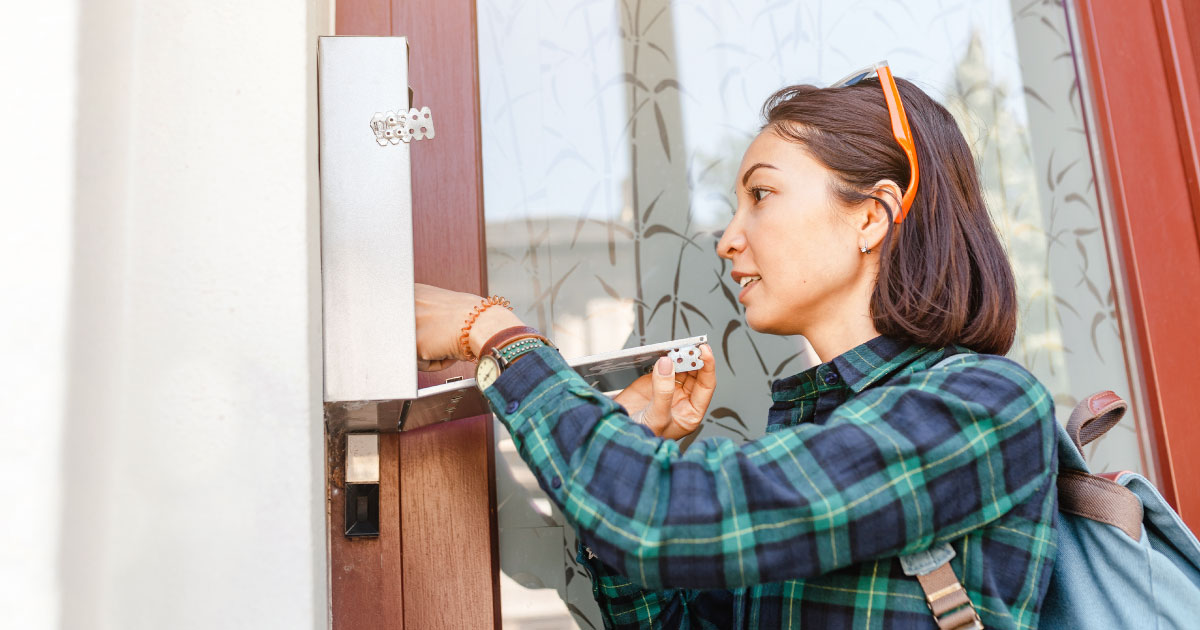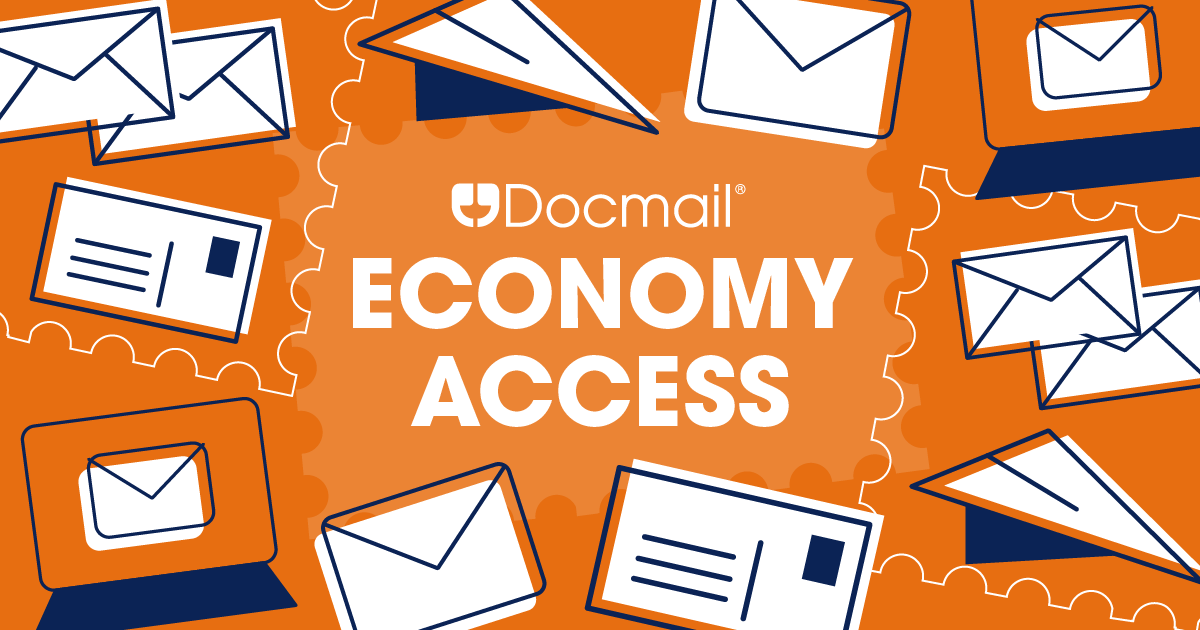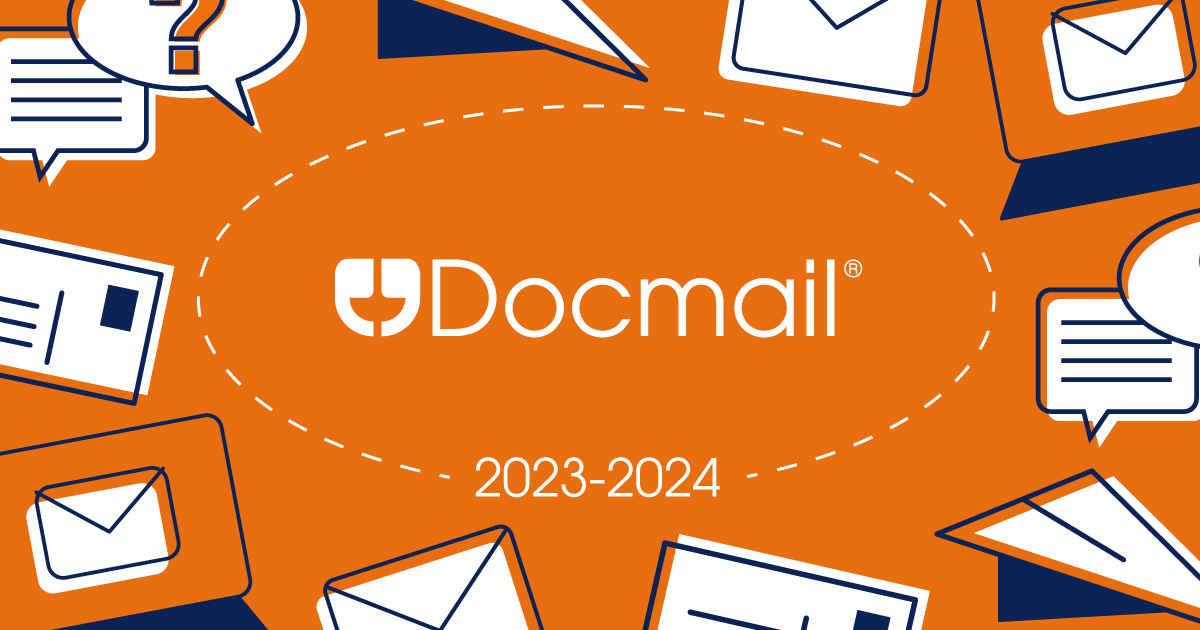Printed mail is one of the most successful forms of communication - on average, 96% of printed letters are engaged with, 71% of it is read or looked at and it has a response rate of 5.1%.
However, the success of a letter is highly determined by its content and design. In a landscape where attention is scarce and competition is fierce, crafting a compelling letter demands more than just postage and paper - it requires finesse, creativity, and a keen understanding of the recipient.
|
CATERING A LETTER TO YOUR AUDIENCEWhen a recipient receives a letter, their primary concern revolves around the question, "How does this benefit me?". They will ask themselves a range of questions to determine this, which include:
|
For your letter to have an impact, it must answer these questions within seconds of the recipient picking it up, otherwise they might not even read past the first sentence. If you can be sure that these questions can be answered immediately and effortlessly, there’s a higher chance of the recipient responding to the call to action. These questions are often answered by the layout of a letter and how information can be portrayed.
Laying out a letter is more than just placing words on a page. It’s about understanding how people take in information, what they respond to and ensuring each element works for the recipient. There are a few things to consider when crafting a letter that drives engagement which is explored further below:
Start your letter with a captivating headline that encourages the recipient to read on. This headline acts as the initial point of engagement, setting the tone for the rest of the letter, so it’s important to ensure you make it clear in the headline what the letter is regarding. Avoid using a question as this can be interpreted in various ways, whereas a statement can be clear, concise and provide an indication of the letter's content.
Subheadings allow the reader to process smaller pieces of key information. The general rule is that subheadings should provide enough understanding of the letter content, without the reader needing to read anything else. However, it’s important not to include too many - use a maximum of three per letter and consider making the last one the call to action.
The first paragraph of your letter should be all about the key benefits of your product or service and how these can support the recipient. It’s advised to not use the first paragraph to introduce your brand and why you are sending the letter, as you will likely lose the attention of the recipient. The golden rule of three works here, so make sure to repeat your key benefits at least 3 times throughout the letter, to direct the recipient to the call to action required.
Small paragraphs with bold headings help to break up the text, avoiding large chunks of copy, which are typically harder to digest.
You can also do this by listing information as bullet points, which helps with scan reading. Just ensure the most important message is at the top of the list.
When letters contain abundant or complex information, organising it within a table enhances readability. Tables provide a structured layout, making complex data easier to grasp at a glance.
A Call To Action should be unmistakably clear, guiding the recipient towards the next step you desire them to take.
Incorporating QR codes into your letters as a CTA presents an innovative way to seamlessly transition recipients from paper to digital, enhancing engagement and providing additional value to recipients. With a simple scan, individuals can access relevant multimedia content, exclusive offers, or interactive experiences directly from their smartphones, amplifying the impact of your message.
According to a study by JICMAIL conducted in 2023, a staggering 87% of smartphone users have reported scanning a QR code at least once within the past 30 years, highlighting just how used and widespread this method is.
It's worth noting you should also include a physical URL and contact number in your letter, just in case the recipient isn’t able to use the QR code.
The layout of a letter alone will not encourage a recipient to act – it equally relies on the content of the letter being engaging and informative to incite action. Here are 6 tips to do just that:
By implementing these tips, you can ensure that your letter not only grabs the recipient's attention but also provides them with the information and motivation they need to take action. Remember to continuously evaluate and refine your approach based on feedback and results to maximise the effectiveness of your communication efforts.
The outer envelope determines whether the person will even get to the stage of viewing the letter, so it’s pivotal that it’s done right.
A JICMAIL study in 2023 revealed the key drivers of why people open mail. They showed that brand was the single most important driver to influence people to open an envelope. However, other elements also contribute including the type, weight, format, colour of the envelope, size and by whom it was delivered.

Here are some tips to make your outer envelopes as successful and appealing as possible:
Every piece of mail needs to be clear who the sender is, who it’s for and why the recipient should open it. This will also help answer the recipients' 6 questions even faster, increasing the chances of them acting.
Envelopes can land on either side once they’ve been posted through the letterbox, so it’s important to consider both sides when designing one. At the very minimum, it’s advised to include your logo and the main brand message on both sides.
The term ‘hero image’ refers to a large, attention-grabbing picture. A ‘Hero’ image or text tends to be centre top, or centre left as this is where the gaze naturally goes to first. This needs to be strong and immediately grab the recipient’s attention.
Your brand logo and/or primary brand message need to be above that image or text. Gaze trail usually starts centre top (portrait) or centre left (landscape) and then moves up, so this ensures that your branding is seen after the hero content.
Any offers or Call To Action need to be clear and dominant so that the recipient knows exactly what it is you want/need them to do next.
The use of colour and icons can help deliver the core message and make it more visually appealing than black and white. With the average person receiving several letters a week, colour will ensure that yours stands out amongst this.
There are some basic do's and don’ts to consider when sending printed communications. Some basic principles to follow when designing a letter and an envelope include:
Do’s |
Don’ts |
|
|
|
|
|
|
|
|
|
|
|
|
|
|
|
|
|
|
It’s also valuable to ensure that any copy isn’t overpowered with images and that CTA’s are clear and visible.
Hybrid mail solutions enable users to send the perfect letter in just a few clicks. It’s a secure, fast, online method of producing, managing, and sending personalised documents direct to your end audience, without having to leave your desk. Driving effective engagement and achieving more than just communication results, this revolutionary solution combines the benefits of sending printed mail, such as its great open rates, and also the benefits of doing this online, including time and money savings. Find out more about hybrid mail (LINK TO DOCMAIL PAGE).
The information throughout this blog is sourced from: JICMAIL Addressed Mail 2023, JICMAIL Response Rate Tracker 2023
Structured Credit Communications For Leading Agri-Food Organisation
Surrey County Council Sought to Optimize Print/Post Services Across Departments. We Helped Transform Their Services With Our Industry Expertise.
The block management software providers at Blocks Online experienced considerable growth upon integrating a reliable mailing method and API connection.
Keen to adopt a more efficient way of printing, packing and posting their time-sensitive paper communications, High Mill has embraced the Docmail Print Driver.
Simplified Patient Communication For Lung Health Check Programme
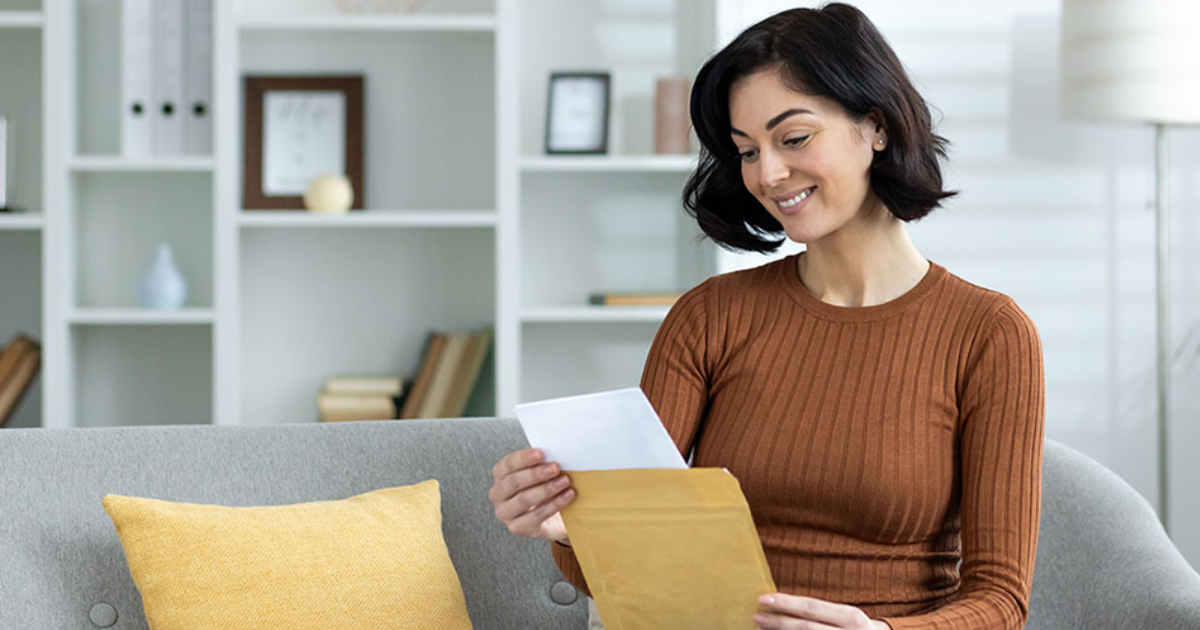




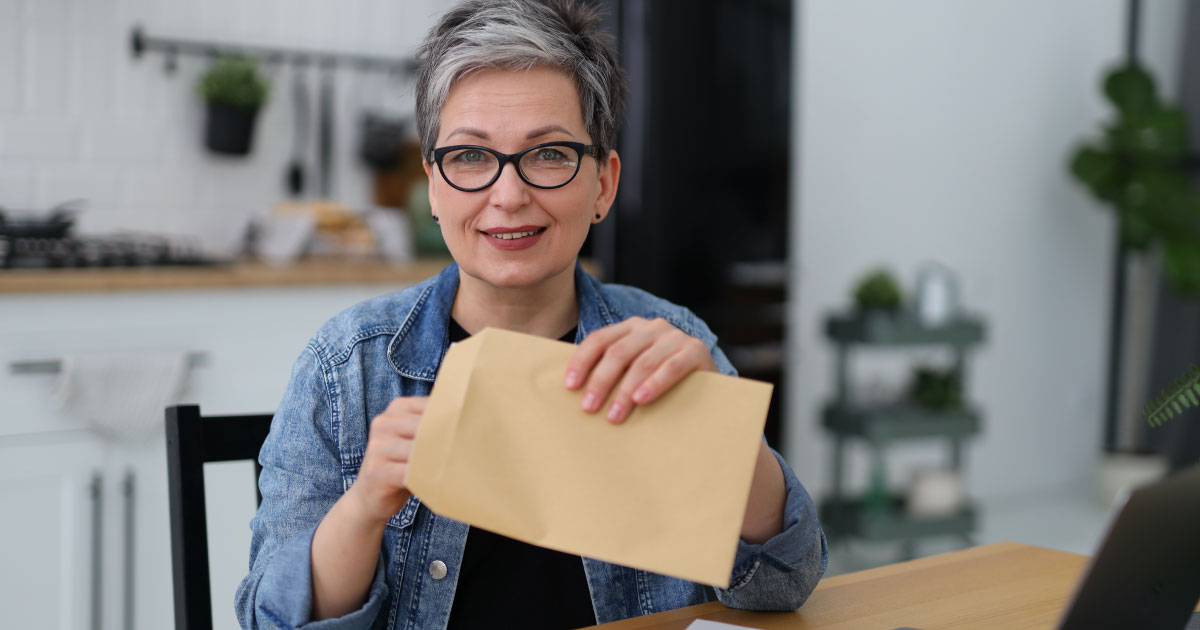
Fife-based Electricity Asset Services, specializing in electrical and civil engineering, employs CFH's Docmail system for improved communication with Scottish Power and staff.
